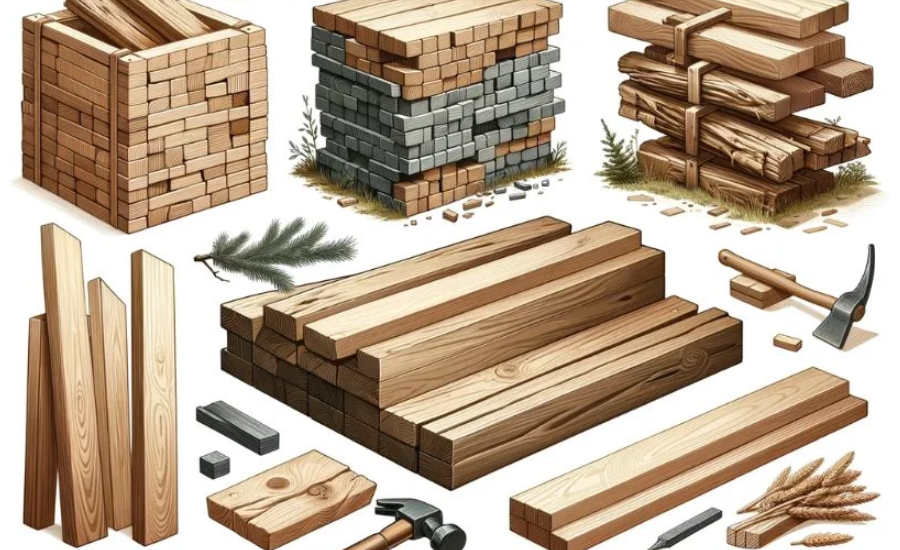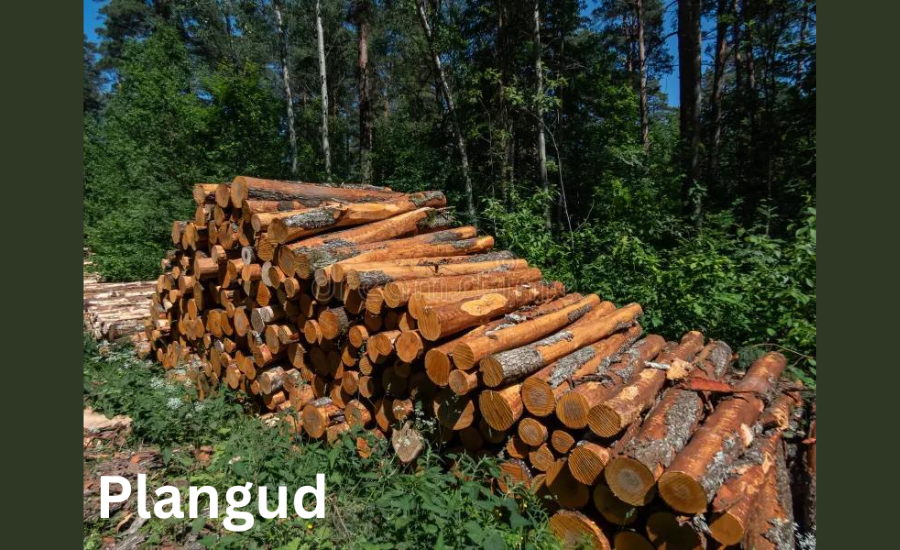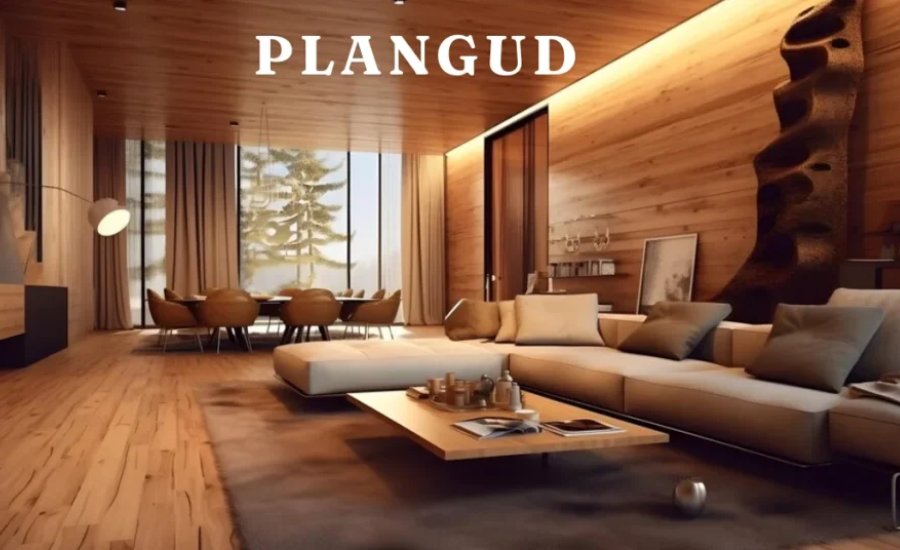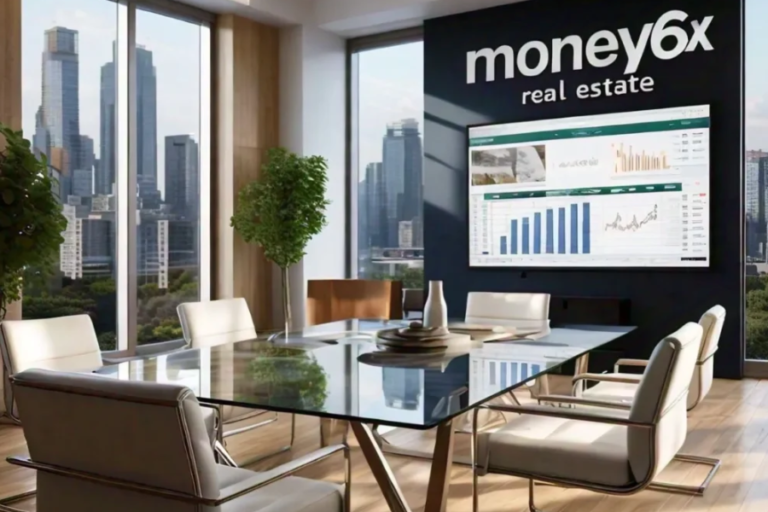The Essential Guide To Plangud: Characteristics, Types, Uses, And Benefits
Plangud, a term denoting wooden planks, stands as a cornerstone in both construction and woodworking. Its versatility and pivotal role make it an indispensable material across a myriad of projects. This guide delves into the characteristics, types, uses, and benefits of plangud, shedding light on its significance in various applications.
What Is Plangud?

Wooden planks, often referred to as “plangud,” are versatile flat pieces of wood widely utilized in construction, carpentry, and interior design. These planks come from a variety of wood types, such as oak, ash, pine, and more, each offering unique characteristics suited to different applications. Their quality, dimensions, and finishes can differ significantly based on their specific use, whether for structural support, flooring, or decorative purposes.
Plangud are celebrated for their exceptional durability and adaptability, making them a preferred choice across various fields. In construction, they provide robust support and stability, while in carpentry, they are crafted into furniture and cabinetry with precision. Their aesthetic appeal also plays a key role in interior design, where their natural grain and texture add warmth and elegance to spaces.
The versatility of wooden planks extends to their finishing options, which can range from raw and rustic to polished and refined, allowing for a wide range of design possibilities. Whether used for practical or decorative purposes, plangud remain a fundamental and cherished material in the world of building and design.
Characteristics Of Plangud
Wooden planks, or “plangud,” are distinguished by several key characteristics that contribute to their popularity in construction and woodworking:
- Material Composition: Plangud is generally crafted from either hardwood or softwood, each providing distinct strengths and attributes based on its source and treatment process. Hardwoods, such as oak and maple, are known for their durability and resistance to wear, making them ideal for high-traffic areas and structural applications. Softwoods, like pine and cedar, offer a lighter weight and ease of handling, suitable for both structural and decorative uses.
- Dimensions: These planks come in a wide array of lengths, widths, and thicknesses, allowing for customization to meet specific project requirements. Whether used for large-scale construction projects or intricate woodworking tasks, the flexibility in sizing ensures that plangud can be tailored to fit diverse needs, from large flooring panels to detailed trim work.
- Finish: The appearance and longevity of plangud can be significantly influenced by its finish. Various finishing techniques, including sanding, staining, and sealing, are applied to enhance the wood’s natural beauty and protect it from environmental factors. Sanding smooths the surface, staining adds color and highlights the grain, and sealing provides a protective coating against moisture and wear. Each finish can dramatically alter the plank’s look and performance, making it suitable for a range of aesthetic and functional applications.
These defining characteristics make plangud a versatile and valued material in both practical and decorative contexts, offering both durability and aesthetic appeal for various uses.
Types Of Plangud

Different types of wooden planks, or “plangud,” are designed to meet specific needs and applications, each offering unique characteristics. The most common types include:
- Softwood Planks
- Description: These planks are crafted from coniferous trees such as pine, fir, or spruce. Softwoods generally have a lighter density compared to hardwoods, which makes them easier to work with and more cost-effective.
- Applications: Softwood planks are widely used in construction and interior applications. Their affordability and ease of handling make them ideal for framing, paneling, and various structural components. Additionally, they are often employed in interior design elements due to their versatility and finishability.
- Hardwood Planks
- Description: Sourced from deciduous trees like oak, maple, or walnut, hardwood planks are known for their strength and density. These woods typically have a more complex grain structure, which contributes to their high-quality appearance.
- Applications: Hardwoods are favored for their durability and aesthetic appeal, making them a top choice for high-end flooring, cabinetry, and fine furniture. Their robust nature and ability to hold detailed finishes make them suitable for applications where long-lasting quality and visual impact are essential.
- Engineered Wood Planks
- Description: Engineered wood planks, including products such as plywood and medium-density fiberboard (MDF), are created from layers of wood or wood fibers bonded together. This process enhances the wood’s stability and resistance to warping.
- Applications: These planks are commonly used in environments where dimensional stability and resistance to environmental changes are critical. Engineered wood is frequently used in cabinetry, furniture, and structural applications where uniformity and strength are needed.
Each type of plangud offers distinct advantages tailored to various construction and design needs, ensuring that users can select the most suitable option for their specific projects.
Uses Of Plangud
Wooden planks, or “plangud,” are versatile materials with a broad range of applications in construction and woodworking. Here are some of the key uses:
- Construction
- Framing: Plangud plays a critical role in building frames and structural elements. Its strength and stability are essential for creating the framework that supports buildings and other structures.
- Flooring: Wooden planks are a popular choice for flooring due to their durability and aesthetic charm. They add a warm, natural look to interiors while standing up to everyday wear and tear.
- Paneling: Both interior and exterior paneling often incorporate wooden planks to enhance visual appeal and improve insulation. Paneling made from plangud adds texture and character to walls and ceilings while also contributing to energy efficiency.
- Woodworking
- Furniture Making: In woodworking, plangud is fundamental for crafting furniture pieces such as tables, chairs, and cabinets. The wood’s versatility allows for a range of styles and designs, from classic to contemporary.
- Cabinetry: High-quality wooden planks are highly sought after for kitchen and bathroom cabinetry. Their robustness and attractive finishes make them ideal for creating long-lasting and visually pleasing cabinets.
- Decorative Items: Carved and finished wooden planks can be transformed into a variety of decorative items and art pieces. From intricate carvings to sleek modern designs, plangud serves as a canvas for artistic expression and functional decor.
Overall, the diverse applications of plangud in both construction and woodworking highlight its importance and versatility in creating functional and aesthetically pleasing environments.
Benefits Of Plangud
The use of wooden planks, or “plangud,” offers a multitude of advantages, making them a highly valuable material for a wide range of projects:
- Durability
- Long-Lasting: When properly treated and maintained, plangud can endure for decades, providing long-term value and reliability. Its longevity makes it a cost-effective choice for both construction and woodworking applications.
- Strength: Hardwood planks, in particular, are renowned for their exceptional strength and resistance to wear and tear. This robustness makes them ideal for high-traffic areas and demanding applications where durability is essential.
- Versatility
- Customization: Plangud can be easily cut, shaped, and finished to meet specific design and functional requirements. This flexibility allows it to be tailored to various projects, from intricate furniture designs to large-scale construction elements.
- Wide Range: Available in an extensive array of types, sizes, and finishes, plangud can be adapted to suit numerous applications. Whether used for structural framing, elegant flooring, or detailed cabinetry, its adaptability ensures it can meet diverse needs.
- Aesthetic Appeal
- Natural Beauty: The inherent grain patterns and natural color variations of wood add visual warmth and character to any project. Plangud enhances the aesthetic appeal of spaces, contributing to a timeless and elegant look.
- Finish Options: A variety of finishes can be applied to plangud, allowing for customization of its appearance. Options such as staining, varnishing, and painting enable the wood to achieve the desired look and feel, complementing any design scheme.
- Sustainability
- Renewable Resource: When sourced from responsibly managed forests, wood is a renewable material that can be replenished over time. This sustainable aspect helps to reduce the environmental impact associated with material consumption.
- Recyclable: Wood can be repurposed or recycled, minimizing waste and supporting environmental conservation. This characteristic enhances its appeal as an eco-friendly choice in both construction and woodworking.
Overall, the benefits of plangud—ranging from its durability and versatility to its aesthetic and sustainable qualities—make it a highly sought-after material in a variety of applications.
FAQs About Plangud
Q: What types of wood are commonly used for plangud?
Wooden planks, or plangud, can be crafted from various types of wood, each offering distinct characteristics:
- Softwoods: Includes pine, fir, and spruce. These woods are often used for framing and interior applications due to their affordability and ease of use.
- Hardwoods: Such as oak, maple, and walnut. Hardwoods are favored for their durability and high-quality finishes, making them ideal for furniture and flooring.
- Engineered Wood: Includes plywood and medium-density fiberboard (MDF). These materials are designed for stability and resistance to warping, making them suitable for cabinetry and other applications requiring consistent performance.
Q: How do I choose the right type of plangud for my project?
Selecting the appropriate type of plangud depends on your project’s specific needs:
- Softwood Planks: Best suited for framing and interior work where cost-effectiveness and ease of handling are key considerations.
- Hardwood Planks: Ideal for projects requiring high-quality finishes, such as fine furniture and premium flooring.
- Engineered Wood Planks: Perfect for applications needing enhanced stability and resistance to warping, such as in cabinetry and furniture construction.
Q: What are the main finishes applied to plangud?
Plangud can be finished in several ways to enhance its appearance and longevity:
- Sanding: Creates a smooth surface by removing imperfections and preparing the wood for further treatment.
- Staining: Adds color while preserving the natural grain patterns of the wood, allowing for a customized look.
- Sealing: Provides a protective layer that guards against moisture, wear, and environmental damage.
Q: How should I maintain plangud to ensure its longevity?
To keep plangud in good condition:
- Regular Cleaning: Use a dry or slightly damp cloth to wipe down surfaces, avoiding excessive moisture.
- Avoid Excess Moisture: Keep the wood dry to prevent warping and other moisture-related issues.
- Periodic Refinishing: Reapply finishes as needed to maintain protection and enhance the wood’s appearance over time.
Q: Can plangud be recycled?
Yes, wood is a recyclable and repurposable material. When managed responsibly, it helps reduce environmental impact and supports sustainability efforts.
Conclusion
Plangud, a term encompassing various types of wooden planks, is a fundamental material in both construction and woodworking. Its range includes softwoods, hardwoods, and engineered wood, each suited for specific applications—from structural framing and flooring to fine furniture and decorative elements. The characteristics of plangud, including its material composition, dimensions, and finishes, play a crucial role in its versatility and aesthetic appeal.
One of the key benefits of plangud is its durability. High-quality wood can withstand significant wear and tear, providing long-lasting value for projects. Its inherent versatility allows it to be customized for various needs, making it suitable for a wide range of applications. From rustic charm to sleek modern designs, plangud can be tailored to fit any project’s requirements.
The natural beauty of wood is another major advantage. Each piece of plangud has unique grain patterns, colors, and textures, which can enhance the visual appeal of both functional and decorative pieces. This natural elegance can elevate the look of any project, making it stand out with a timeless appeal.
Moreover, plangud is an environmentally friendly choice. Many types of wood used in plangud are sustainably sourced, contributing to responsible forestry practices and reducing environmental impact. By choosing plangud, you support eco-conscious projects and help preserve natural resources.
In summary, understanding the different types of plangud and their respective benefits can help you make well-informed decisions for your projects. Whether you’re constructing a building, crafting bespoke furniture, or designing unique decorative items, plangud offers the quality, durability, and aesthetic versatility necessary to achieve exceptional results.
Subscribe for the latest news and alerts. England Breaking!






